Have you been thinking about starting a clothing line?
Maybe you’re missing a key element, the nitty gritty “know how” of getting your business started.
…One that you can start completely online…
…with low startup costs…
…without any inventory or overhead costs eating away at your profits.
If you’re looking for the step by step business plan to start a clothing line then start here:
It doesn’t matter if you are looking to create a t-shirt business, create a fitness clothing line or an entire private label clothing line for every season.
Because with this post you will put your ideas into action right away.
Maybe you’ve started the research step but you aren’t sure where to actually start. Well, now I want you to finally go from an idea to making the first sale.
No matter the business model, these are necessary steps that you should know.
- Research
- Find Your Niche
- Identify a Market
- Create Memorable Branding
- Launch and Market Your Clothing Line
- Collect Data
- Learn and Adjust
When starting a business [especially without any experience] you need to be prepared to work harder than your competition to be successful.
Leverage the knowledge of others who have done it before you, figure out what to implement and what to avoid.
Table of Contents
Common Mistakes First Time Entrepreneurs Make
Fearing failure
If you let fear hold you back, you aren’t going to make it. Fear will keep you in a sort of limbo phase.
You may move forward a bit, but certain fears will keep you from going all the way. You will have to embrace the possibility of failure in order to successfully get to where you want to be.
However, if you take the time for research and are open to learning from those before you, you have got a good chance of making it.
Underestimating the commitment
Before starting your own clothing line, before even reading further, you have to realize the commitment that this is going to take. You need to weigh everything out and establish a proper plan that you can commit to before diving in.
For example, you will likely need to go over your finances and establish a timeline of how long you can go without an income [from your clothing line].
Calculate how much time you are going to need to devote to get your business started… and just to be safe… multiply that number by two.
Don’t go into this expecting it to be a hobby, but understand the type of commitment you are going to have to make in order to be successful.
Procrastinating on getting started
Once you understand the commitment you need to make, make it and get going. You could potentially deliberate on the idea for years.
So make your decision and do what you need to do to take the first steps of starting your clothing line. If you are here reading this, you’ve made it this far, now is the time!
Being too much of a perfectionist
Another common mistake made by entrepreneurs is being too much of a perfectionist. Realize from the start that not everything needs to be perfect, and not everything is going to be perfect.
Be prepared to take steps forward before things are “perfect,” (in order to avoid the above-mentioned common mistake), and be open to failures. If something goes wrong then embrace the knowledge you’ve now obtained as for what not to do in the future.
Knowing what to avoid ahead of time and being mindful about it will aid you immensely in your journey. Now that you know a little bit about what not to do, let’s move on to what to do.
Clothing Line Business Models
Print on Demand Clothing Line
Print on Demand is a method where you don’t need to pay upfront for inventory or hold it in storage. Instead you focus on making sales and marketing your products. When a customer places an order on your website the product is made to order.
This is a way to that you can start a clothing line without any money for inventory or high upfront costs. Although it’s not a way that you can start a clothing line for free, it’s the lowest barrier to entry that currently exists.
There are 2 ways to start a print on demand clothing line:
1. Merch by Amazon
2. Shopify + Printful (covered in this article)
Amazon has their own platform called “Merch by Amazon” where you can sell your designs to Amazon customers. If you don’t want to create your own website with Shopify then that’s the way to go.
But print on demand isn’t only for a T-shirt business. You can print and sell designs on mostly anything you can think of from mugs to shirts to even pillows.
Private Label Clothing Line
A private label clothing line gives you complete control over your business because you source products yourself. You can control how good the quality is and confirm each size fits exactly how you intend it to fit.
This method might require a little more work and a bit more money upfront but you don’t need thousands of dollars to start. You can start with a few items and a few styles that you’re passionate about selling.
There are 2 ways you can sell your private label clothing:
1. Selling on Amazon
2. Selling on your own website with Shopify (covered in this article)
With this method you need to select a product line you want to focus on and then look for a private label clothing manufacturer to make your clothes.
But first, we’re going to go over starting a clothing line without money for inventory.
Starting a Clothing Line Without Any Money for Inventory
Again, the only way to start a clothing line without any money for inventory is to use the print on demand method. Below I’ll go over the exact steps you need to take to launch your clothing line.
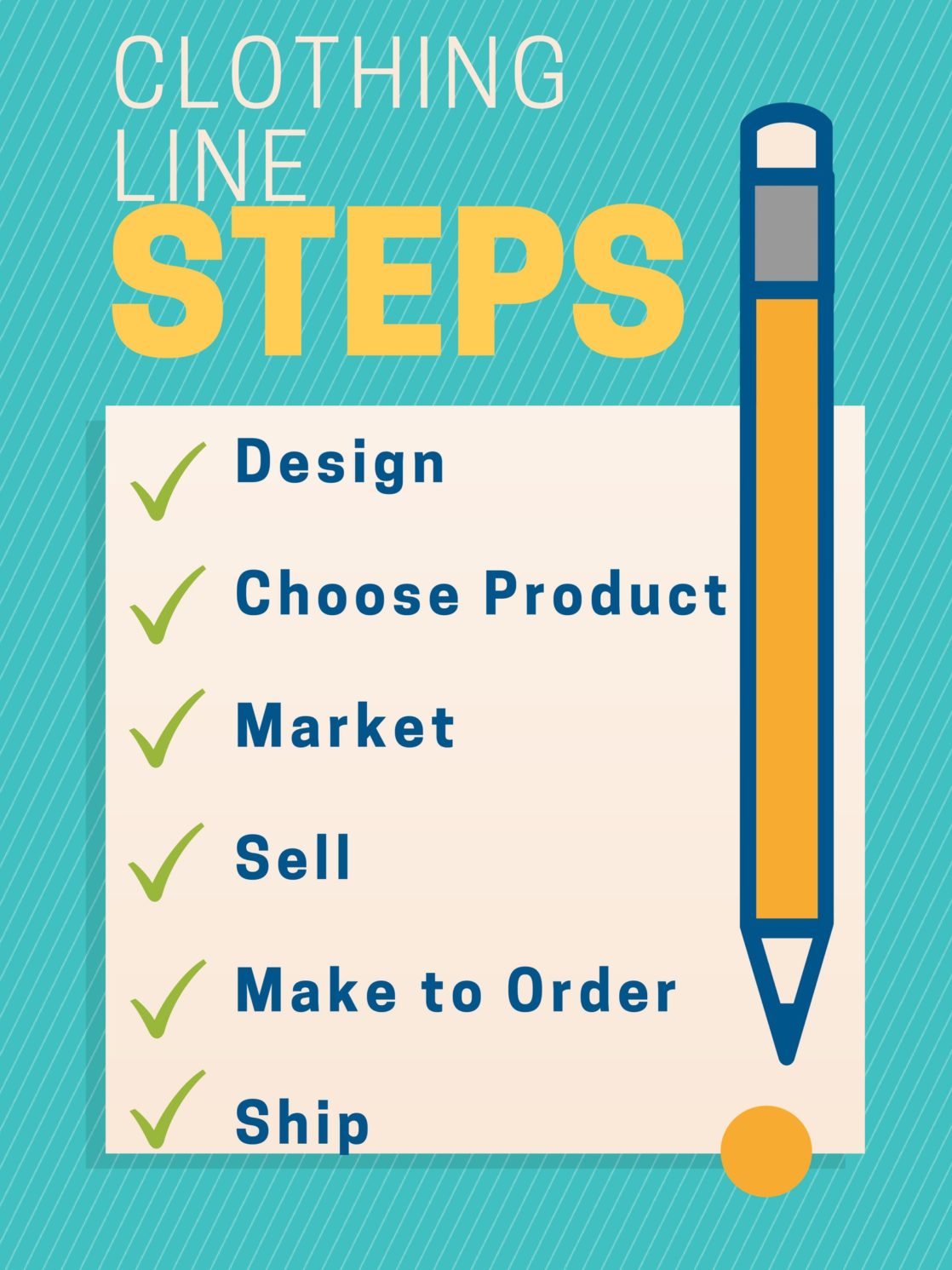
These are the steps for starting a clothing line without money that we’re going to follow:
- Design
- Choose Your Product
- Market Your Products
- Make a Sale
- Ship
Let’s start with design.
With print on demand you need to come up with designs and a logo for your clothing.
And you have a couple of options:
- You can use Fiverrr to get designs created for your new brand. Freelancers can easily create designs for you.
- *Prefered Method* You can use Looka to design your clothing brand logo. Their logo maker allows you to create a professional logo fast, while maintaining creative control – which all designers want.
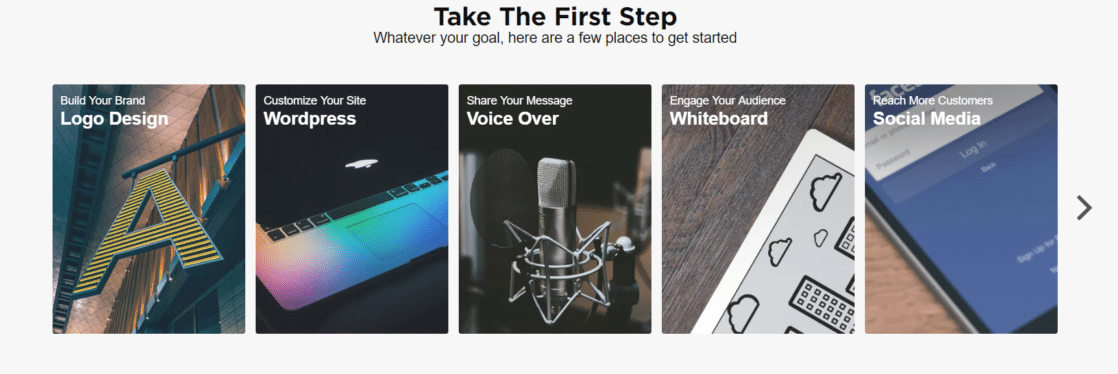
Next, we’ll focus on choosing your product.
We recommend using Printful. The way this service works is that you focus on selling your products and once you make the sale the order goes to them and they make your clothes to order.
So let’s say you sell a T-Shirt for $25, it costs $8.95 to make so you profit the difference of $16.05. You don’t hold any inventory and only make the clothing after the order is place.
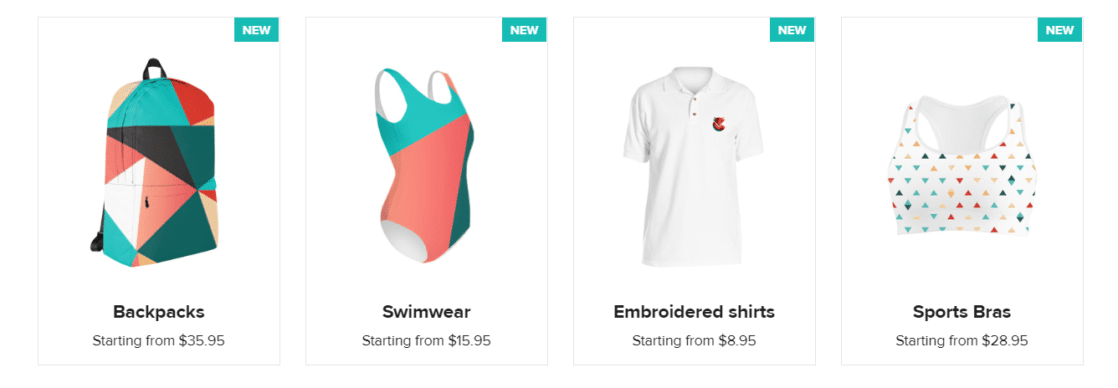
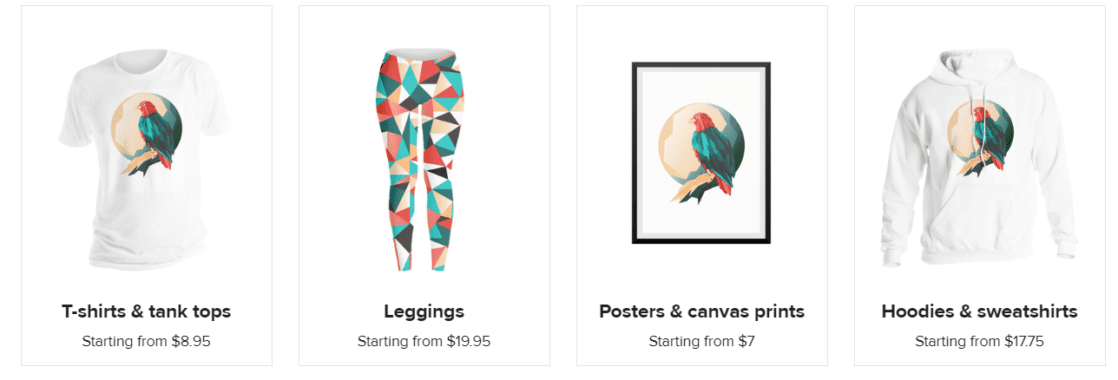
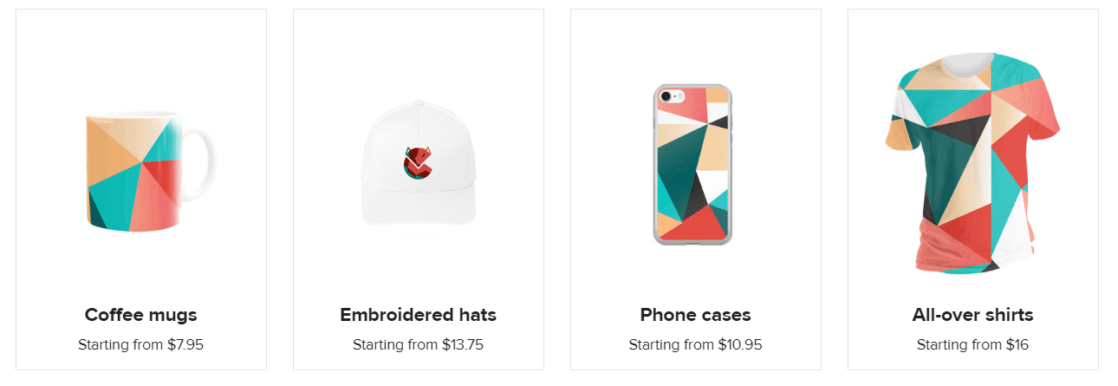
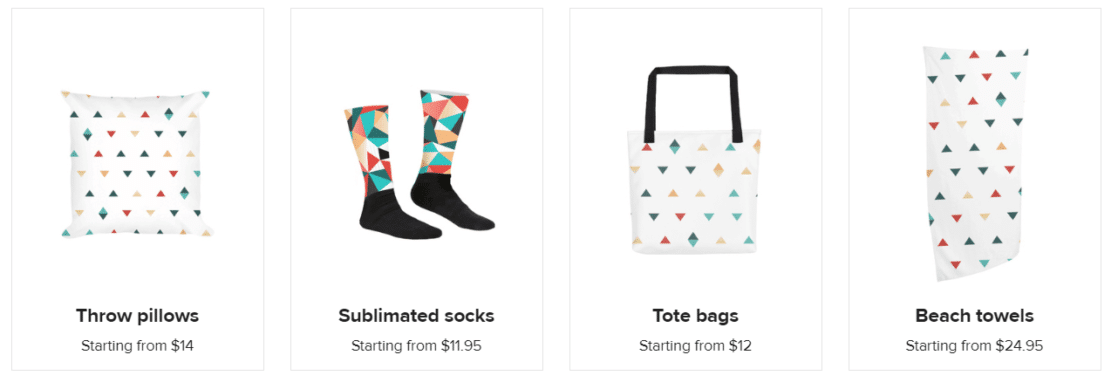
Now you want to choose the platform you’re going to use to sell your products.
Printful can integrate with all of the platforms listed below. But, for now we can choose Shopify.
Shopify is a platform that makes it easy for you to launch your website without any technical experience. They have templates you can choose from that are proven to convert potential customers.
The scariest part about starting an online business is the lack of technical knowledge but with Shopify you don’t need any to get started. I recommend you check them out!
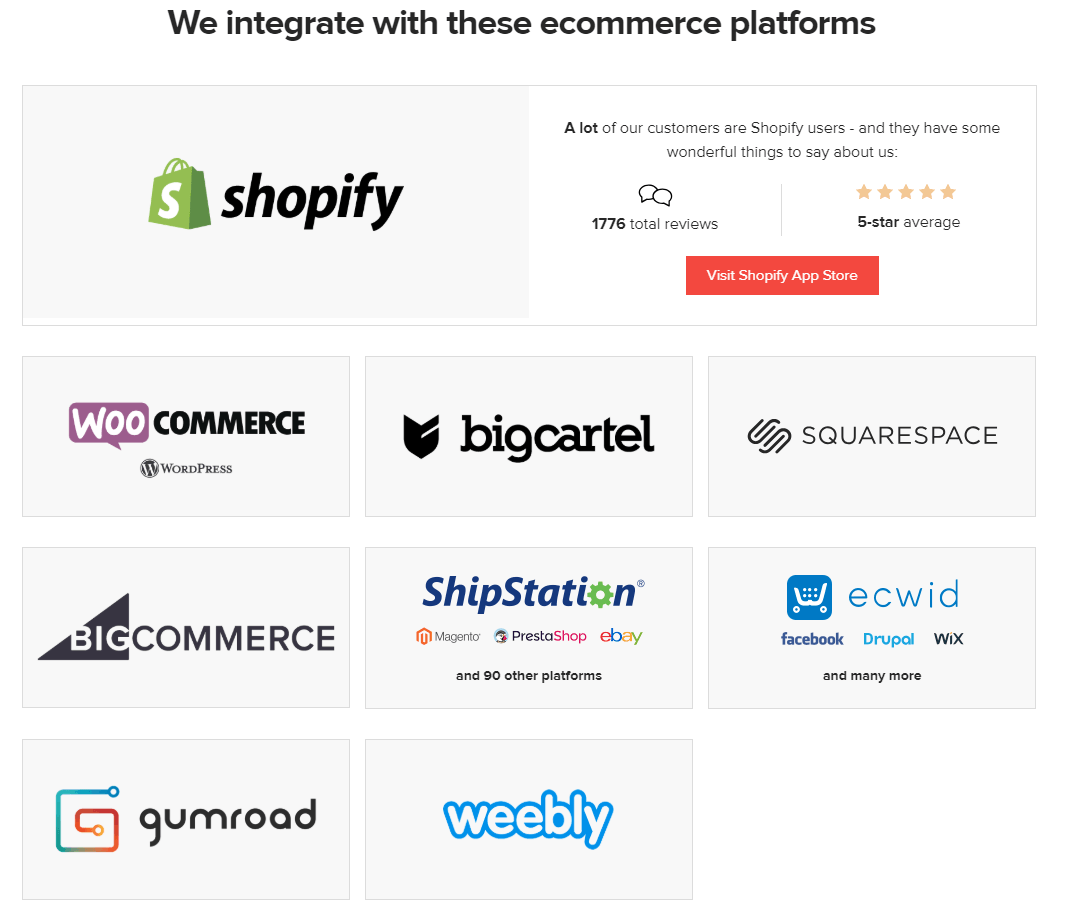
Here’s the best part:
Marketing your new clothing line can be completely free!
We wrote a huge post that you can check out below that covers some awesome marketing tactics to drive initial traffic!
Use these guides to help you use social media to make sales and create a relationship with potential customers.
- Social media – Instagram, Facebook, Pinterest, Twitter, Snapchat
- Forums – Mintees
- Start an Email List
- Start a Blog
Finally, what happens when you make a sale?
How does the product get to your customer?
When you make a sale in your Shopify store it will communicate with Printful that the customer placed an order. When the customer enters their shipping information Shopify sends the order to printful and within a few days your customer will have their order.
The important thing for you is to make sure that you have emails to follow up and entice the person buy more products in the future. This allows you to always work on your business instead of in your business.
Not having enough money for inventory is not the end of the world. Some people completely create businesses from scratch in one weekend using this method. This allows you to focus on marketing and the fun stuff that moves the business forward.
You don’t need technical knowledge and you don’t need to buy clothes up front that might sit in your garage.
Give it a shot and see if you enjoy running a clothing business. If you do then you can scale up and source products yourself like we describe below. When you source clothes yourself then you can control the quality and lower your costs because you order more products up front.
Next
Let’s talk about the exact steps you need to take to launch a brand new clothing line from scratch.
Steps to Starting a Private Label Clothing Line
1. Outline a Blueprint for Your Clothing Business
Identify a gap in the market
These days, almost every incredibly successful and innovative business idea comes from someone identifying a gap in the market. As it seems like almost everything has already been invented or thought of, you have got to get creative when it comes to finding a need and implementing a solution for that need within your business model, product, and service.
A great example of a clothing company who did just this, is Barbell Apparel. Barbell Apparel identified a gap in the market and went after a way to fill it.
What was that gap? High quality, comfortable clothing designed especially for people with athletic bodies.
How did they fill it? Well, they made high quality, comfortable clothing designed especially for people with athletic bodies.
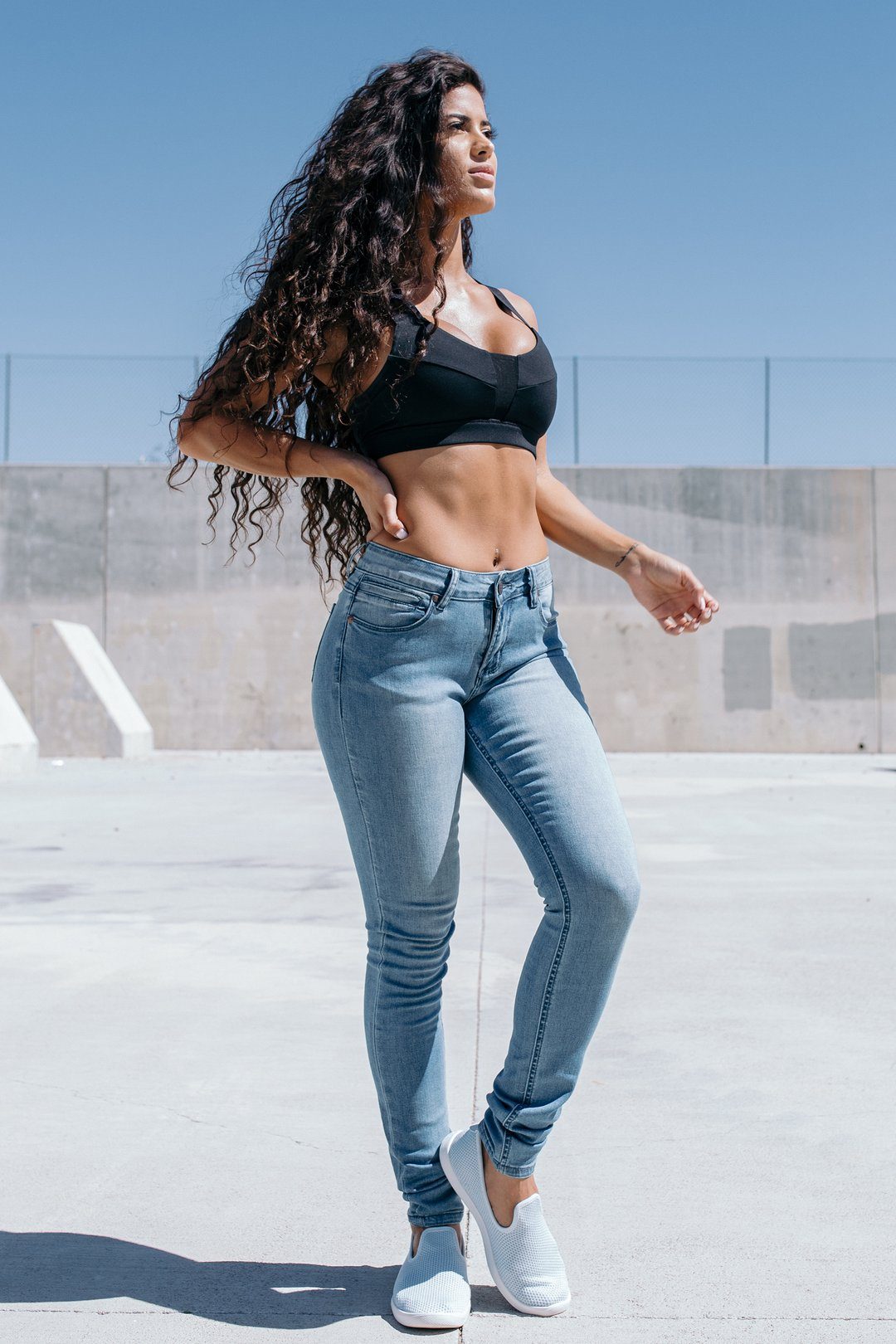

The founders of Barbell Apparel realized that people with especially athletic-type bodies have a difficult time finding clothes that fit. Most clothing companies are catered towards the “average” body-type.
Once they identified the gap, they had to come up with a solution.
The equation is simple, and goes a little bit like this: Today’s thriving fitness market + a clothing line that was catered towards people who had athletic builds = Barbell Apparel.
But the point is that you need to try and identify something that people want or need that isn’t widely available. Whether this want or need is designer clothes at affordable prices or sweatshirts with built-in pockets for your cat to sleep in.
The point is that there are wants that need to be met.
Find Your Niche
Finding your niche is one of the most important aspects of starting pretty much any business. Finding your niche is highly correlated with identifying a gap in the market.
Once you identify the gap, you have in a sense “found your niche”, in basic terms at least. From here you just need to combine:
Your identified gap (need or want) + Your solution to the need or want (specialized product and/or service) + Your target market + A way to connect to that target market = Niche
Identify a USP (Unique Selling Proposition)
This basically means that you need to identify (and make known to your market) what unique factor(s) make(s) you different than the competition and why they should choose you over that competition. Your USP will be the defining factor of satisfaction in a consumer choosing you over another brand.
Identify and know your target audience
This is the biggest contributing factor to success. If you don’t’ know your market, then you won’t know how to design your product for them.
And you won’t know how to market and sell a product to them. This all falls into your marketing plan which should make up a good chunk of your overall business plan.
You need to know everything about your target market. Clothes are bought from a perspective, usually, of about 20% need and 80% want and emotional connection.
You need to be open, accessible, and exhibit storytelling qualities with your line. You want to give consumers a reason to engage with you so that they want to develop a bond with your brand.
Birddogs is a really great example of this. They identified their target market and went after it full force.
They are the perfect example of a niche clothing line. When observing Birddog’s brand image one can tell they found a way to connect and appeal to a very specific audience.
And they integrate great storytelling methods in their advertising that speaks specifically to that market.
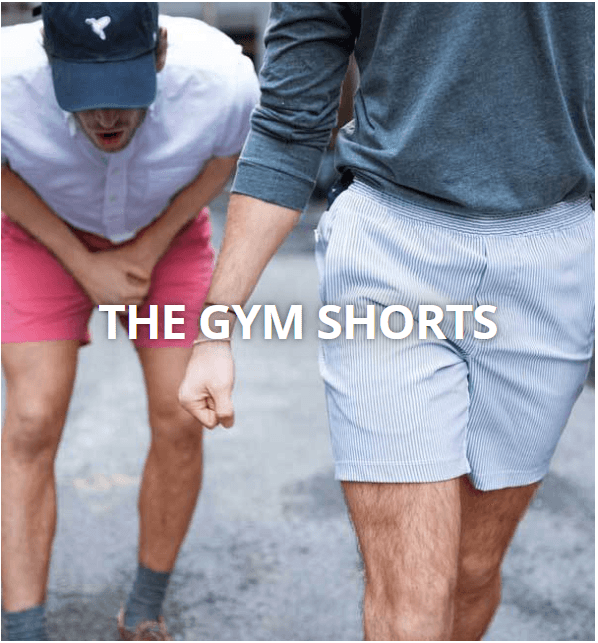


Their ads tell a story as well as poke fun at the stereotypical consumer that wears a pair of their Birddog gym shorts.
Luckily, their target market does in fact have the sense of humor to appreciate their visual communication and advertising tactics.
Create Goals and Develop a Plan
Putting your steps on paper is necessary to reach your goals. You need to try and be realistic when coming up with these goals.
People make the mistake of expecting too much too soon which can lead to over-ordering stock, spending too much of the budget to quickly, and a lot of other major problems.
Don’t get ahead of yourself and start out small & slow.
You should also develop a timeline for your goals, again, be realistic. Once you have your goals and timeline on paper comes the more difficult part.
Which is developing the plan to reach those goals. You will come to find a lot more success in planning these sorts of things out ahead of time (down to the dirty details) as opposed to just taking things as they come.
If you aren’t meeting them, then it may be time to make some changes to your plans or adjust your goals.
Consider Your Costs and Have a Financial Plan
Your company’s projected financials need to be a top priority in your business plan. Even if you have not yet acquired necessary outside funding, etc., you need to sort out the finances to be anticipated.
Ask yourself these questions:
- How much money do you need?
- What are the production costs? (Materials, supplies, equipment, manufacturing, advertisement, and marketing)
- When can you expect a return on investment (ROI)?
Consider all of your costs and add them up for about a year (add a bit more money in just as a safety net – remember that things go wrong). Try and estimate when you will start to see an ROI. Calculate whether or not your revenue will be enough to get you through another year.
2. Brainstorm Your Brand Identity
Finding your brand’s identity
Your brand’s identity needs to have a strong relation with your target market. It needs to communicate to them. Your brand’s identity will be part of its strongest selling point.
Think of your business as a person, your brand’s identity is your business’s personality, how it relates, connects, and communicates to people.
Brainstorm the things that you want your brand to represent and try to find a way to incorporate those characteristics and qualities into your brand.
It can be aesthetically (in the design of the clothes, the platform, and the marketing, etc.,)
Brand identity may be something you want to consider chatting to some marketing experts about. Do your research for your niche, but if you are already planning to work with a marketing agency they may also be able to help you with your vision.
Define your business mantra
The mantra of your business can be intertwined with your company’s mission statement.
It is basically a statement via your business that holistically describes what you stand for, what you represent, your vision, and even what sets you apart from your competition.
Mantras typically are about 3 to 5 words. Defining your mantra will also help you with the defining of your brand’s identity.
3. Decide on Your eCommerce Platform
When you are deciding to go the e-commerce route for your clothing line, there are a lot of options to choose from and it can be quite overwhelming.
However, a very popular and highly praised platform that many clothing companies use is Shopify. It is one of the most inexpensive ways to start your clothing line.
Usually the most expensive part of using Shopify is sorting out photoshoots for your clothing line to put on your page, however, there are ways this can be done that won’t break the bank.
People praise Shopify as an e-commerce platform in being an affordable solution while also having all of the features they require. Although there are multiple reasons it is a great option, the most important reasons are:
- Shopify is easy to use
- There are multiple professional themes that can be customized
- It’s a thriving space that’s constantly being improved by developers
Don’t just take our word for it, here are some great examples of successful Shopify stores.
eCommerce Success Stories
#1 Gymshark: Gymshark clothing was started by a teenager (Ben Francis) and some of his friends in a screen-printing set up in a garage in 2012. The company grew to over $1M per year in less than 3 years, and where did the growth begin? Shopify. Learn about Gymshark and Shopify’s journey together here.
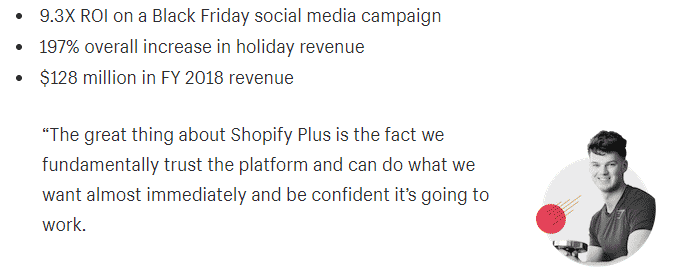
#2 Helm Boots: Regardless of your clothing niche, success can find you when you use Shopify as your platform. Another great example is Helm Boots. The company was founded in 2009 in Austin, Texas.
They found the gap and their niche with: Stylish, modern, high quality casual wear and work boots that are made 100% in the USA. The company jumped onto Shopify and never looked back.
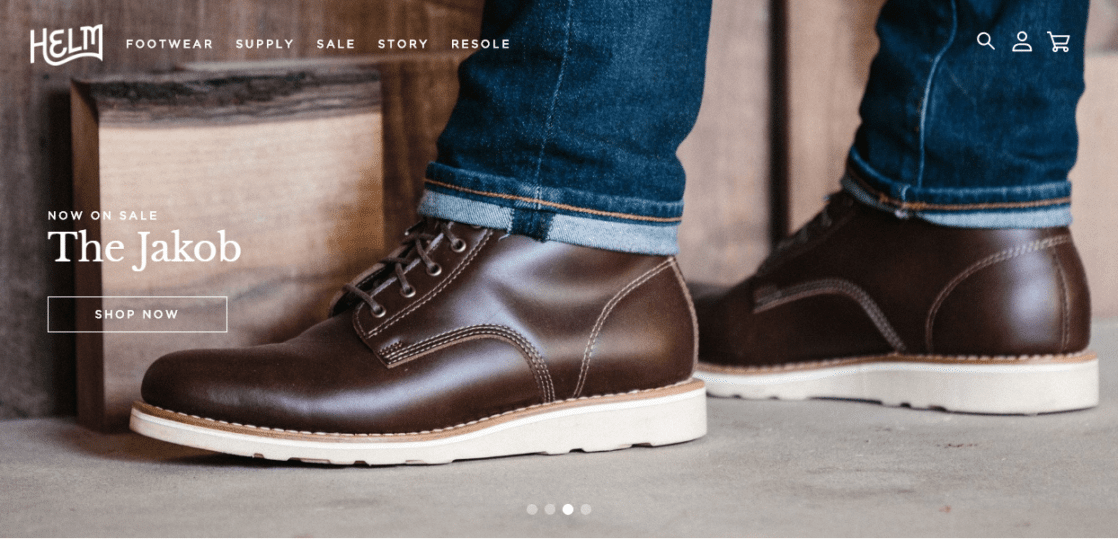
#3 Triangl: A swimwear company that was launched in Australia on Shopify in 2012. This store emgered from an effortless identification of a gap in the swimwear market: fashionable, designer, luxury brand swimsuits that are also a bit more affordable.
In just the first year Triangl brought in over $5M, and the following year times that by 5… Yep that’s right, $25M in their second year on Shopify.
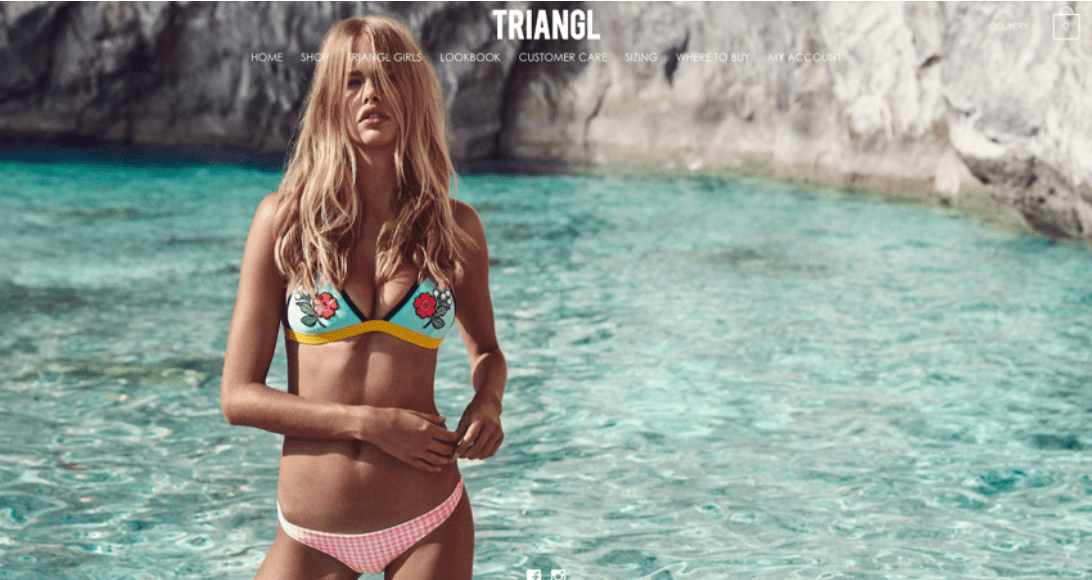
There are hundreds of Shopify success stories of course, but these are just a few we thought we’d share. Now that you have perhaps found some monetary motivation from those before you, let’s put the focus back on you.
Let’s talk, design.
4. Develop Your Design
Whether you are going the route of printed designs, embroidered designs, or designing of the holistic garment, it is obviously critical that you know your target market.
Your design needs to look great, stand out, and relate and resonate entirely with your target market. Remember that to run a successful clothing line, you have to be able to see your business from the perspective of the consumer.
Try these simple steps:
- Write down the characteristics of your niche and target market
- Write down your solution to their need
- Research your competitors and find out what people love
- Improve on what people love
- Sketch out your designs – yes, even if you can’t draw
- Brainstorm and start over from step 3
5. Manufacture Your Clothing
After your designs are developed, you are ready to send over your patterns and samples, etc., over to a manufacturer. The manufacturing of your clothing can often be one of the most stressful parts of it all. Make sure you find a manufacturer with these qualities and you should be good to go:
- Trust
- Experience with your type of clothing
- Quality and references proving it
- Capacity to provide required quantity when you need it
- Appropriate run size – If you go with a large manufacturer for a low number of product you might be lower priority
A very important side note for entrepreneurs’ is DON’T OVER ORDER. Having too much stock/product can be very damaging to a small business.
How to Find Manufacturers
To learn more about finding the right manufacturer, check out our post, “How to Quickly Find Private Label Manufacturers.”
As far as recommendations go, Sourcify is a great “source” [pun intended] to help link you up with the right manufacturer.
They have some great services to be utilized when it comes to taking your ideas from concept to reality, or in this case, from the drawing book to the factory.
Here’s how it works simply put in their words:
Phase 1: submit your project → Phase 2: Approve your sample → Phase 3: start production → Phase 4: Receive your products.

Other great manufacturing resources you may want to check out are Alibaba and Aliexpress.
We have an entire post here: teaching you step by step how to buy from Alibaba and explaining the difference between the two platforms.
These sites are some of the biggest in the world as far as exporters go. However, we do recommended that you play it safe while shopping around as scams can lurk on such large platforms – check out our post, “Be Safe on Alibaba: Easily Avoid Scams, Middle-Men, and Fraud” to learn more.
6. Promote Your Clothing Line
There are a few options when promoting your clothing line. You can either hire a team of marketing experts from an agency, etc., or you can take charge yourself.
While marketing can be expensive a lot of small businesses opt for the free options in the beginning. Take advantage of these free available options to market your clothing line, if you do it right it can be all you need to get you on your feet in the beginning stages of your business.
Make your best efforts to start out lean and grow organically. No great clothing brand started out with thousands to spend on advertising. The founder of UnderArmour used to sell his clothes up and down the east coast out of the trunk of his car in the late 90’s.
Now we can call that blogging…
Promotional Guides
- Social media – Instagram, Facebook, Pinterest, Twitter, Snapchat
- Forums – Mintees, Clothing Forums, etc.
- Start an Email List
- Start a Blog
Social Media
A great example of a company that used social media right is the earlier mentioned, Gymshark athletic clothing.
They built relationships with hundreds of Instagram influencers from all around the world and now the company is alive and well in 131 countries.
Forums
Get inspiration and advice from people in the same boat as you, as well as share your own piece of mind and style are also great places to utilize free marketing.
Check out these style forums:
Start an Email List
An Email list is a great way to directly communicate to your consumers and potential clients, as well as show them what you have to offer. If you aren’t really sure how to go about starting a mailing list for your clothing line, check out this email list guide.
Start a blog
Starting a blog is an amazing way to get exposure for your brand as well as communicate to your market and help them get to know you. Our friends at Shopify even have something to say on the topic, check out their post to learn more about starting a blog to grow your business.
Once you have the funds you can branch out with your marketing tactics and venture into paid advertising on various social media platforms and websites as well, it can still be done inexpensively this way.
Try to learn from others. Look at your competition, look to other companies who do well with their social media, etc., observe what others are doing that is working and imitate and recreate it in your own unique way.
A goal you should have when it comes to marketing is to build a community. Connect with your target market and use them and their connection and loyalty with you to help you grow your business.
Conclusion
Throughout this whole process, you should take some time to self-reflect. Starting a clothing line is going to force you to grow a lot as an entrepreneur and as a person.
Accept what you aren’t good at and don’t be hesitant to ask for help, learn to improve and move forward. If you notice that something isn’t working, then change it immediately, don’t wait around for the problem to spiral.
You should set up google analytics to get sales data from Shopify, this is what you will use to measure your success on your online storefront.
Remember the importance of staying open-minded during this journey. You need to be open to learning from others as well as learning from your own mistakes. If you go in with confidence, an open mind, determination, and passion, you’ll find success!
Comment below, let me know if you have any questions or tell me the name of your new clothing line!



Great article, I stumbled on it looking for info on promoting my Etsy shop. I’m already doing the Printful integration. I will say that the margins are kinda thin and after factoring in Etsy fees and possibly some promoted listing ad fees there’s often not much left. How do you suggest promoting my shop?
Hey there! Love this article! I’m looking to get into clothing design & found this very helpful & motivating. I do have one question though, what software would you recommend to start sketching some ideas up etc.. is adobe illustrator any good?
Thanks in advance, Sam
Hey Sam, there are a few ways you can make sketches. Adobe Illustrator is great, photoshop is good too, or you can use a freelancing service like fiverr or upwork to get some design work done. Those are all great options to get started.
After reading your article, I have decided to get started with email marketing and create an email list.
Thanks for checking out the article Priya!
So would you recommend going the printful route? Or finding a supplier who can print on Alibaba with small MOQ to carry some inventory? What about hats same question as above?
Thanks for your time
Dave
Hey Dave, honestly it depends on your goal. I would recommend the Printful route to test your idea and find a market willing to buy from you. When you have the market and the customers then it would make sense to use Alibaba and lower your costs. Hats can keep their margins using print sites but same situation applies. You want to pick your winning products and then try to get the manufactured cheaper. You don’t want to go to Alibaba for everything you need printed.
What exactly do you mean by niche.
Hey nicole, niche means category. So for example “plus size” is a niche. “Video Game Shirts” is another niche.
This will really help my new clothing line
Awesome to hear! Let us know how it all goes 🙂